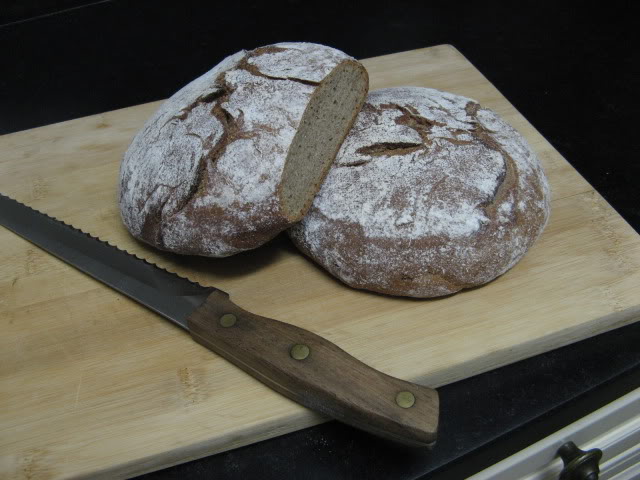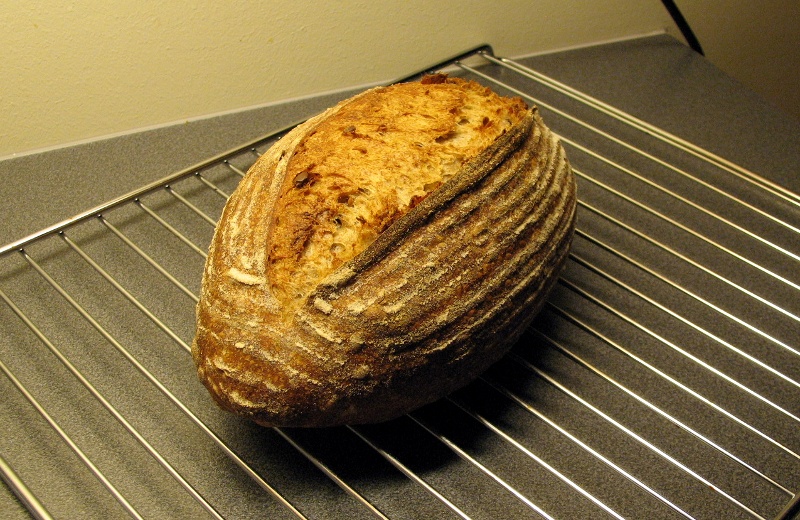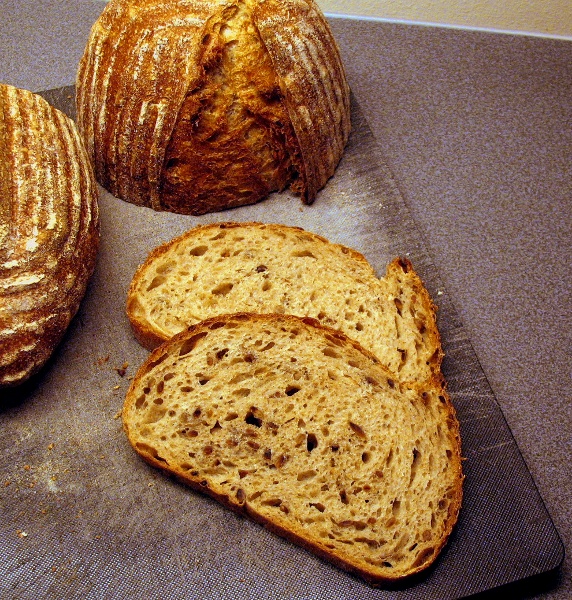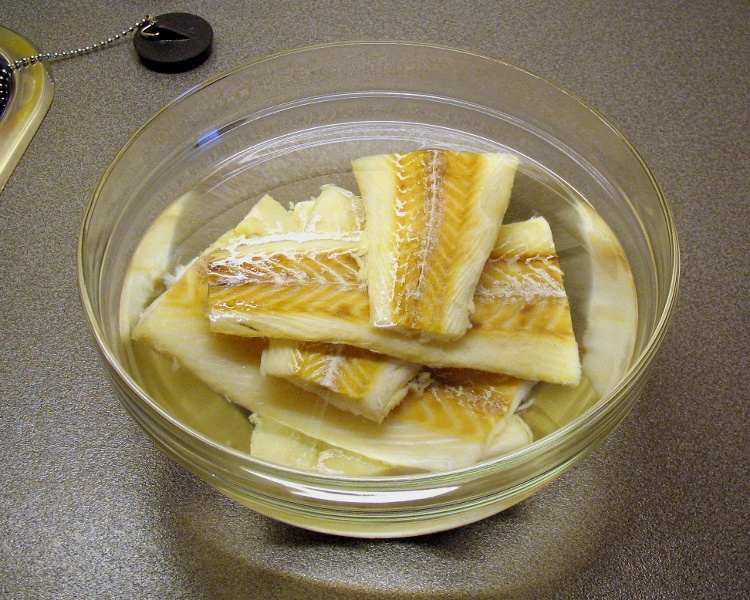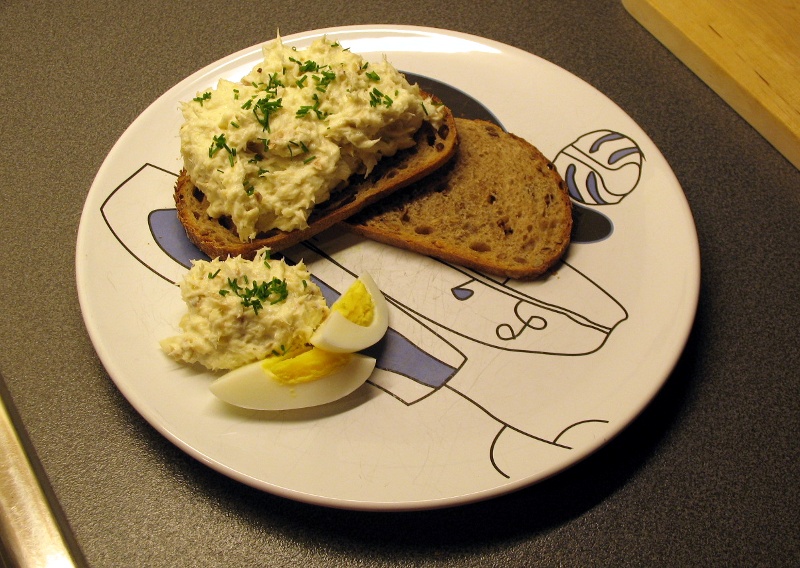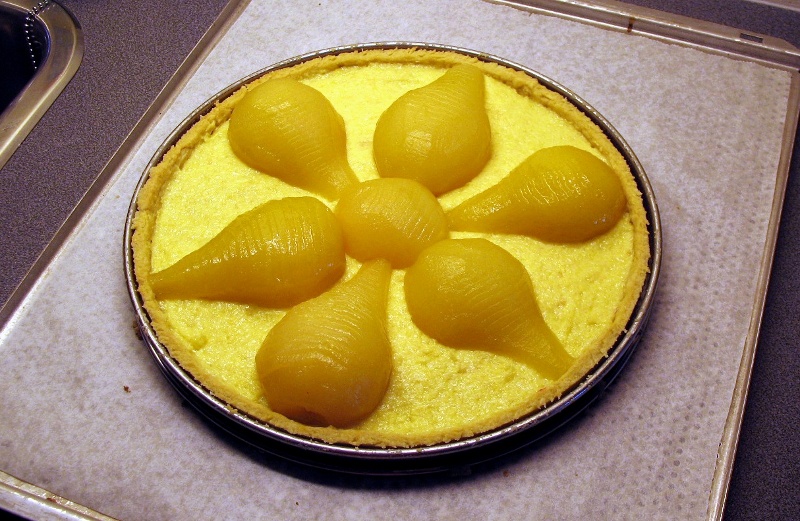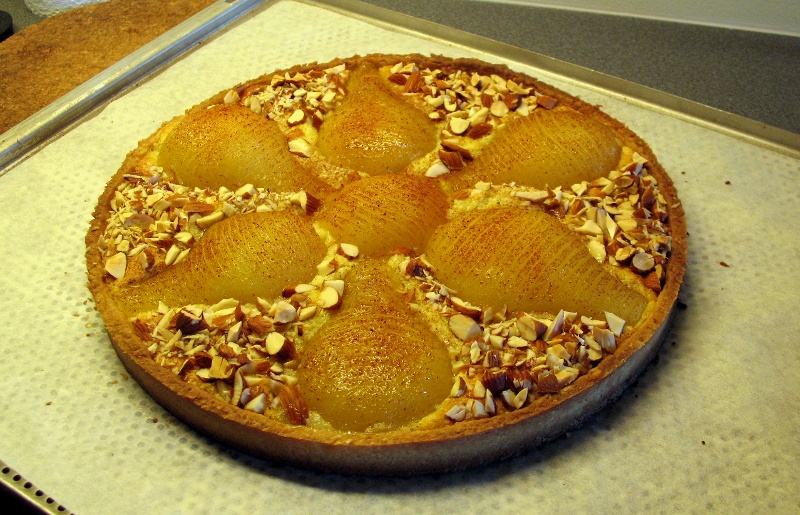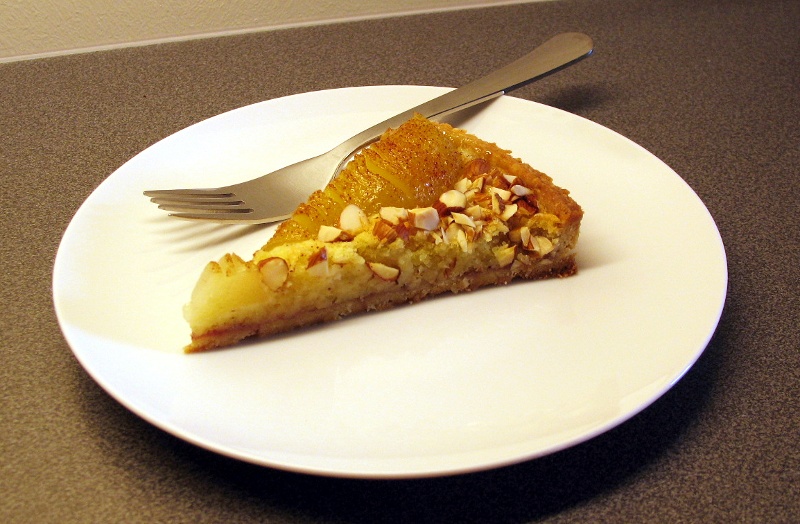Greetings, bakers!
It's been a pretty good week in Portland. After months of being out of work, I have two jobs, seem to be on track for a third and I'm pretty sure at least one of those will continue post-Christmas. I know it's just seasonal work, but I'm really feeling like this Portland experiment has just taken a decided turn for the better. To celebrate, I decided to do a sweet bread this week. Thumbing through the Point of Departure, the bread book I've been baking my way through, I came across a recipe for a Cardamom Braid. That fit the sweet bread criteria and seemed appropriate for the seasonal nature of the new job. My brother married a woman who is half Swedish and cardamom braid is mandatory at their Christmas morning celebrations. She won't open a present until the braid is sliced and ready to eat. It's always delicious so I decided to see how close this recipe would be to theirs. Turns out, it's not quite the same. Lydia's version is flatter and sweeter, probably uses a softer dough and more sugar. I also seem to remember a bright yellow color, possibly saffron, that this one doesn't have. And my crust was way browner, partly my fault from letting it bake a few minutes too long, but also inherent in the recipe. Hers is barely golden and very soft, definitely not the crispy crust I got. On the other hand, the taste of my loaf was excellent, slightly sweet with a spicy cardamom flavor. I also liked the moist, chewy texture. I'm thinking next time a lower oven temperature, a slightly softer dough and brushing with something other than milk might get me exactly what I want.
Cardamom Braid from The Better Homes and Gardens Homemade Bread Cook Book
- 1 cup all-purpose flour
- 1 package active dry yeast
- 3/4 teaspoon ground cardamom
- 3/4 cup milk
- 1/3 cup sugar
- 1/4 cup butter
- 1/2 teaspoon salt
- 1 egg, lightly beaten
- 1 3/4 to 2 cups all purpose flour (I substituted white whole wheat flour here with excellent results)
- small amounts of milk and sugar for brushing and sprinkling
In a large bowl combine one cup of all-purpose flour, the yeast and the cardamom. In a small saucepan heat the milk, sugar, butter and salt until warm, stirring frequently to melt the butter. Add the milk mixture to the dry ingredients. Add the egg. Beat the mixture well for several minutes. Stir in enough of the remaining flour to make a moderately soft dough. (I used almost all of the two cups but I think I will back that off slightly next time.) Turn out onto a floured surface and knead till smooth, about 5 or 6 minutes. Place in greased bowl, turning once to coat and let rise, covered, until double, about an hour and a half.
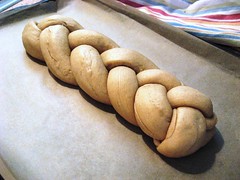
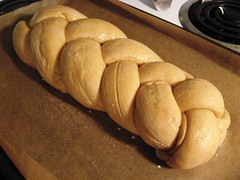
When double, punch down and divide in thirds. Let rest while you prepare a pan. I use two nested jelly roll pans lined with parchment paper but you can grease if you prefer. Roll each third into a 16-inch rope and place about one inch apart on prepared pan. Braid loosely, pinching the ends together and tucking them under. Cover and let rise until double, about 45 minutes.
Preheat oven to 375. (Next time, I'll try it at 325, I think.) Brush with milk and sprinkle with a tablespoon of sugar. (I plan to look for some decorative sugar for this step.) Bake for 20 to 25 minutes. (I got distracted and let it go almost 30 which was too long.) Remove from baking sheet and cool on wire rack.
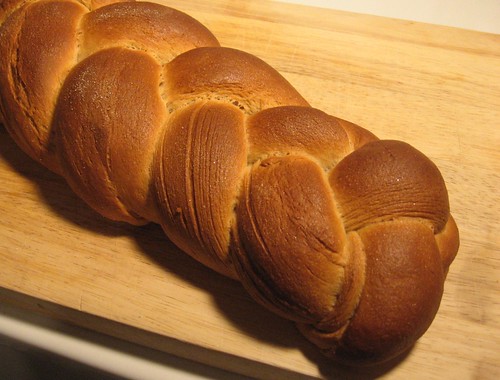
I'm looking forward to making this for Christmas morning with the great-nephews. I think it will be a hit. Any of you Scandahoovians out there want to give me tips for making this perfect?















